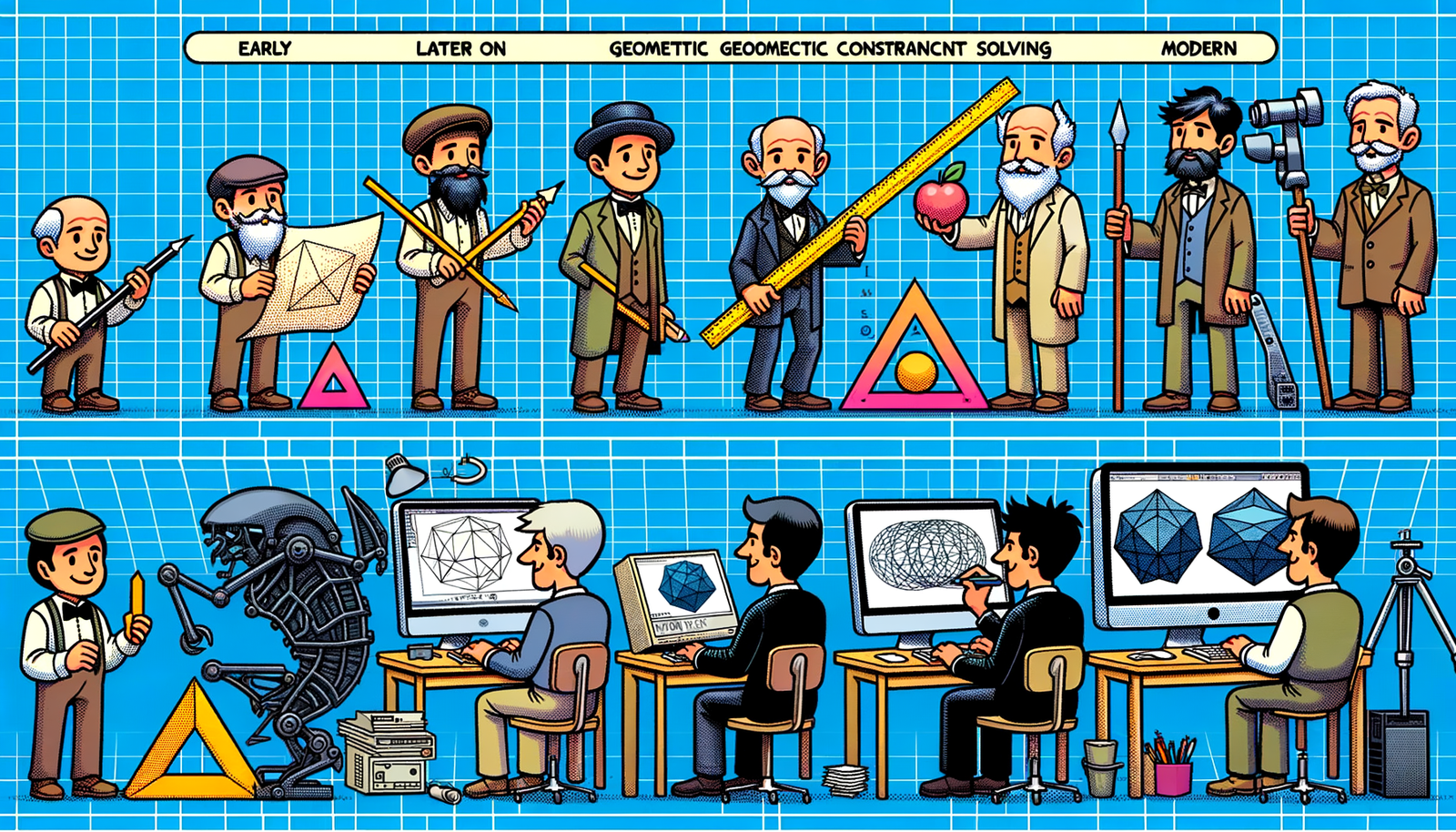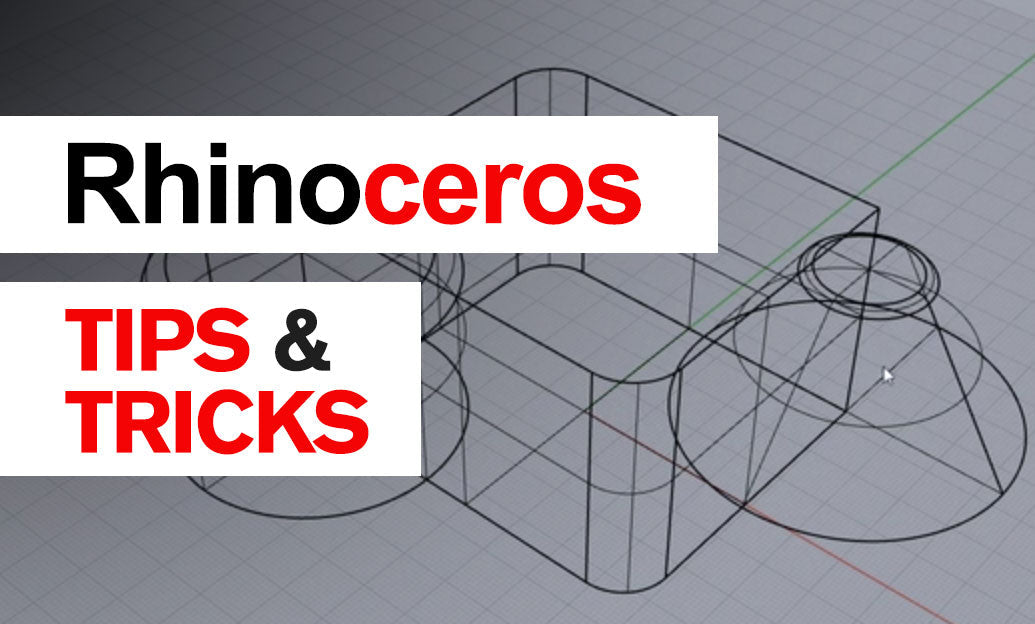Your Cart is Empty
Customer Testimonials
-
"Great customer service. The folks at Novedge were super helpful in navigating a somewhat complicated order including software upgrades and serial numbers in various stages of inactivity. They were friendly and helpful throughout the process.."
Ruben Ruckmark
"Quick & very helpful. We have been using Novedge for years and are very happy with their quick service when we need to make a purchase and excellent support resolving any issues."
Will Woodson
"Scott is the best. He reminds me about subscriptions dates, guides me in the correct direction for updates. He always responds promptly to me. He is literally the reason I continue to work with Novedge and will do so in the future."
Edward Mchugh
"Calvin Lok is “the man”. After my purchase of Sketchup 2021, he called me and provided step-by-step instructions to ease me through difficulties I was having with the setup of my new software."
Mike Borzage
Exploring the Revolutionary Impact of IoT on Enhancing Product Design and User Experience
May 20, 2024 2 min read


The Impact of IoT on Product Design and the User Experience
Introduction to IoT in Design
The Internet of Things (IoT) signifies a revolutionary approach in modern product design, where everyday objects are interconnected through the internet, allowing them to send and receive data. This integration has evolved from simple concepts of connectivity to complex systems that enhance user interactions and functionality. The journey of IoT from a nascent technology to a cornerstone in consumer products illustrates its growing relevance and the opportunities it presents for innovative design paradigms.
Enhancing User Experience through IoT
The incorporation of IoT in product design transcends traditional boundaries, offering a new dimension to user experience (UX). By embedding internet connectivity into products, designers can leverage the power of data to create more personalized, intuitive, and engaging experiences.
- Smart thermostats that learn from user behavior to optimize home temperature settings.
- Wearable fitness trackers that provide real-time health monitoring and advice.
- Connected appliances that can be remotely controlled and monitored for enhanced convenience.
At the core of these enhanced experiences is the ability of IoT devices to collect, analyze, and act upon data in real-time, offering personalized user experiences that adapt to individual needs and preferences.
Challenges and Considerations in IoT Product Design
Despite the promising advantages, integrating IoT into products presents several technical challenges and design considerations. Key issues include hardware limitations, battery life, and ensuring reliable connectivity across various environments. Moreover, the collection and utilization of personal data raise important concerns over user privacy and data security, necessitating a balanced approach to design that prioritizes user trust and safety.
Addressing these challenges requires:
- Innovative solutions for energy management and efficient data transmission.
- Robust security protocols to protect user data and privacy.
- User-centric interface design that simplifies interaction while offering advanced functionality.
Future Trends and the Evolving Landscape
As the IoT continues to evolve, it is poised to further influence product design and user experiences. The integration of AI and machine learning is expected to play a pivotal role, enabling devices to become more adaptive and responsive to user needs. This could lead to the emergence of new product categories and ways of interaction, pushing the boundaries of what is possible with IoT-enhanced products. Furthermore, the ongoing development of IoT technology will necessitate designers to continually adapt and innovate, ensuring that products not only meet current user expectations but also anticipate future needs.
In conclusion, the impact of IoT on product design and the user experience is profound and multifaceted. By embracing IoT, designers can unlock new potentials for creating products that are more intelligent, intuitive, and interconnected. However, success in this endeavour requires navigating the complexities of technology integration while maintaining a steadfast focus on delivering exceptional user experiences. As we look to the future, the role of IoT in design is set to become increasingly significant, highlighting the importance of staying ahead in this rapidly evolving field.
Also in Design News

Bluebeam Tip: Maximize PDF Security and Efficiency with Bluebeam Revu's Flatten Tool
December 02, 2024 1 min read
Read More
Design Software History: Evolution and Impact of Geometric Constraint Solving in CAD History
December 02, 2024 2 min read
Read More
Rhino 3D Tip: Enhancing Scale Modeling Accuracy in Rhino 3D: Essential Tips for Designers and Engineers
December 02, 2024 2 min read
Read MoreSubscribe
Sign up to get the latest on sales, new releases and more …


